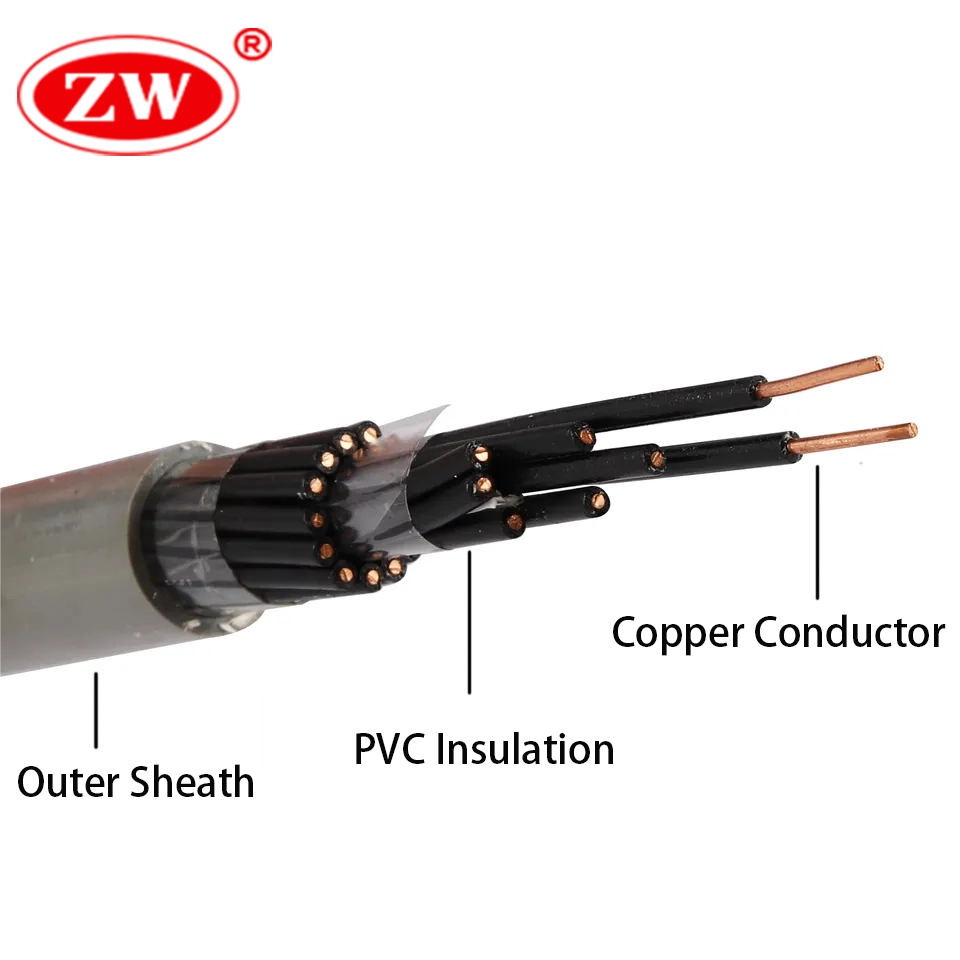 See HBI; VBI. NTSC: Acronym for National Television Standards Committee (or Never The same Color, should you want 🙂 Picture Signal: The 52.46 microseconds of sign following the control signal. Control Signal: The first 11.1 microseconds of a line of NTSC video. Having a small buffer space between the management sign information and the image information is a “fudge factor” to compensate for the fact that real-life things that do not at all times work as nicely as they do on paper. Information on this area is between zero and 100 IRE units. See IPPV. Set-up Level: Picture info technically has slightly less than a hundred IRE items obtainable. See IRE Units; Set-up Level. The realm from 0 to 7.5 IRE models are reserved for what is usually referred to as the “set-up stage”. That’s because picture data begins at 7.5 IRE items fairly than at 0 IRE models. Instead of referring to the video level in volts, IRE models are used instead. The signal area from 0 to 0.3 volts (-forty to zero IRE models) is reserved for management indicators, the remaining for image data. If the signal is at 0.Three volts (or zero IRE) the picture might be black. See IRE Units. VBI: Acronym for Vertical-Blanking Interval.
See HBI; VBI. NTSC: Acronym for National Television Standards Committee (or Never The same Color, should you want 🙂 Picture Signal: The 52.46 microseconds of sign following the control signal. Control Signal: The first 11.1 microseconds of a line of NTSC video. Having a small buffer space between the management sign information and the image information is a “fudge factor” to compensate for the fact that real-life things that do not at all times work as nicely as they do on paper. Information on this area is between zero and 100 IRE units. See IPPV. Set-up Level: Picture info technically has slightly less than a hundred IRE items obtainable. See IRE Units; Set-up Level. The realm from 0 to 7.5 IRE models are reserved for what is usually referred to as the “set-up stage”. That’s because picture data begins at 7.5 IRE items fairly than at 0 IRE models. Instead of referring to the video level in volts, IRE models are used instead. The signal area from 0 to 0.3 volts (-forty to zero IRE models) is reserved for management indicators, the remaining for image data. If the signal is at 0.Three volts (or zero IRE) the picture might be black. See IRE Units. VBI: Acronym for Vertical-Blanking Interval.
 See Field; Line. FSK: Acronym for Frequency Shif Keying. An IRC (Incrementally Related Carrier) system, all channels are at their normal frequency except for channels 5 and 6, which will be 2 MHz greater than standard. The following chart lists frequency data for the “normal” carrier units. Some older Tv units cannot obtain any channels besides 5 and 6 on an HRC system, and cannot obtain channels 5 and 6 on an IRC system. Unfortunately, random video inversion is still an issue, as are color shifts which occur from distorted or clamped colorburst indicators, and many others. Most individuals haven’t had very good outcomes from the system, even after incorporating some modifications. In an HRC (Harmonically Related Carrier) system, all picture service frequencies are derived from a 6 MHz oscillator, so all channels except 5 and 6 can be 1.25 MHz decrease than ordinary. Converter: A gadget, sometimes issued by the cable company, to “convert” many Tv channels to at least one particular channel (normally channel 3). Used early-on when VHF & UHF channels have been on different dials (and before remote controls) to offer “convenience” to cable clients. The presence of a PPV film channel or your system ensures you could have addressable converters.
See Field; Line. FSK: Acronym for Frequency Shif Keying. An IRC (Incrementally Related Carrier) system, all channels are at their normal frequency except for channels 5 and 6, which will be 2 MHz greater than standard. The following chart lists frequency data for the “normal” carrier units. Some older Tv units cannot obtain any channels besides 5 and 6 on an HRC system, and cannot obtain channels 5 and 6 on an IRC system. Unfortunately, random video inversion is still an issue, as are color shifts which occur from distorted or clamped colorburst indicators, and many others. Most individuals haven’t had very good outcomes from the system, even after incorporating some modifications. In an HRC (Harmonically Related Carrier) system, all picture service frequencies are derived from a 6 MHz oscillator, so all channels except 5 and 6 can be 1.25 MHz decrease than ordinary. Converter: A gadget, sometimes issued by the cable company, to “convert” many Tv channels to at least one particular channel (normally channel 3). Used early-on when VHF & UHF channels have been on different dials (and before remote controls) to offer “convenience” to cable clients. The presence of a PPV film channel or your system ensures you could have addressable converters.
A income-enhancing system where customer’s pay to observe a film or event on a “per view” basis. Cusomers usually place a phone call to a particular number and order the occasion of their alternative; some systems present Impulse PPV. Since a lot of scrambling techniques depend upon messing with the horizontal sync pulse to scramble the picture, the Universal Descrambler attempts to use the colorburst sign to help it replace the tainted sync pulse. Addressable cable methods usually send there control data utilizing this technique. The primary 11.1 microseconds make up the horizontal blanking interval, or management sign, the following 52.Forty six microseconds make up the picture signal. In a traditional line of NTSC video, the colorburst is 8 to 11 cycles of a 3.579545 MHz clock (that comes out to 2.31 microseconds) which follows the 4.71 microsecond horizontal sync in the course of the horizontal blanking interval. It incorporates the entrance porch, the 4.71 microsecond horizontal sync pulse, the 2.31 microseconds of colorburst, and the back porch.
The primary discipline contains the odd numbered strains, the second area incorporates the even numbered lines. A body lasts 1/thirtieth of a second. Each subject takes 1/60th of a second to transmit. Because the NTSC normal is 525 traces, each area comprises 262.5 strains–therefore it’s the half-line that enables the two fields of a body to be distinguished from each other. Note that both fields comprise an entire vertical-blanking interval and they both (should) have the same information during that interval. See Frame; Line. Frame: An NTSC video sign which incorporates each fields. A separate colorburst sign is shipped for each line of video, and are all precisely in phase (to stop shade shifts). The primary 11.1 microseconds of a line of video. The colour NTSC commonplace permits a total time of 63.56 microseconds for each line, and each frame is composed of 525 traces of video information. See Colorburst. Interlace: Term used to describe the twin-discipline approach used within the NTSC normal. The Universal Descrambler relies on the presence of the colorburst for its reference sign. In May of 1990, Radio-Electronics journal printed an article on constructing a universal descrambler for decoding scrambled Tv indicators.
